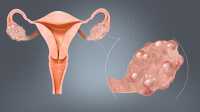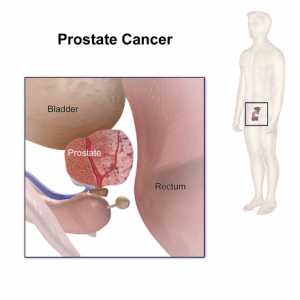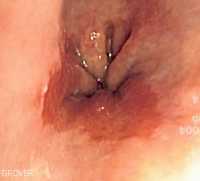Some Anti-Tumor Drugs May Promote Delayed Aggressive Cancers
MedicalResearch.comInterview with:
Alexandra Avgustinova PhD
Postdoctoral fellow at the Institute for Research in Biomedicine (IRBBarcelona)

MedicalResearch.com: What is the background for this study?
Response: The basis of this study was the strong association between closed chromatin and high mutation rate reported several years ago. We were surprised to see this observation being widely interpreted as a causal association, as it was largely based on correlative studies without experimental backing. Therefore we decided to experimentally test for the first time whether indeed altering chromatin opening would affect mutation rate or distribution within tumours.
MedicalResearch.com: What are the main findings?
Response: We found that, despite significantly increasing chromatin opening, loss of the histone methyltransferase G9a did not have any major influence on the mutation rate or distribution within cutaneous squamous cell carcinomas. These results demonstrate that chromatin opening does not play a major role in determining the mutation rate within tumours, and we speculate that other, confounded factors (e.g. replication timing or H3K36me3 levels) are likely causal for the observed association. This, however, remains to be proven experimentally.
Another major conclusion of our study was that although tumour initiation was delayed and tumour burden decreased in the absence of G9a, the tumours that did develop were highly aggressive due to selection for more aggressive tumour clones. This finding was contrary to many published reports suggesting G9a as a good candidate for clinical targeting, highlighting the need for long-term follow-up in pre-clinical studies.
(more…)



 Sarah Hartz, MD PhD
Assistant Professor
Department of Psychiatry
Washington University School of Medicine in St. Louis
MedicalResearch.com: What is the background for this study? What are the main findings?
Response: This study is the first to show that daily drinking is dangerous. Specifically, drinking four or more times weekly, even if it’s only 1-2 drinks at a time, increases risk of mortality. This is in line with recent studies published in the Lancet, but we were able to break down their lowest drinking categories (up to 12.5 drinks weekly in one and up to 5.6 drinks weekly in the other) and found that the frequency is important, not just the average number of drinks per week. It looks like the increased mortality is predominantly due to cancer-related deaths.
Sarah Hartz, MD PhD
Assistant Professor
Department of Psychiatry
Washington University School of Medicine in St. Louis
MedicalResearch.com: What is the background for this study? What are the main findings?
Response: This study is the first to show that daily drinking is dangerous. Specifically, drinking four or more times weekly, even if it’s only 1-2 drinks at a time, increases risk of mortality. This is in line with recent studies published in the Lancet, but we were able to break down their lowest drinking categories (up to 12.5 drinks weekly in one and up to 5.6 drinks weekly in the other) and found that the frequency is important, not just the average number of drinks per week. It looks like the increased mortality is predominantly due to cancer-related deaths.
























